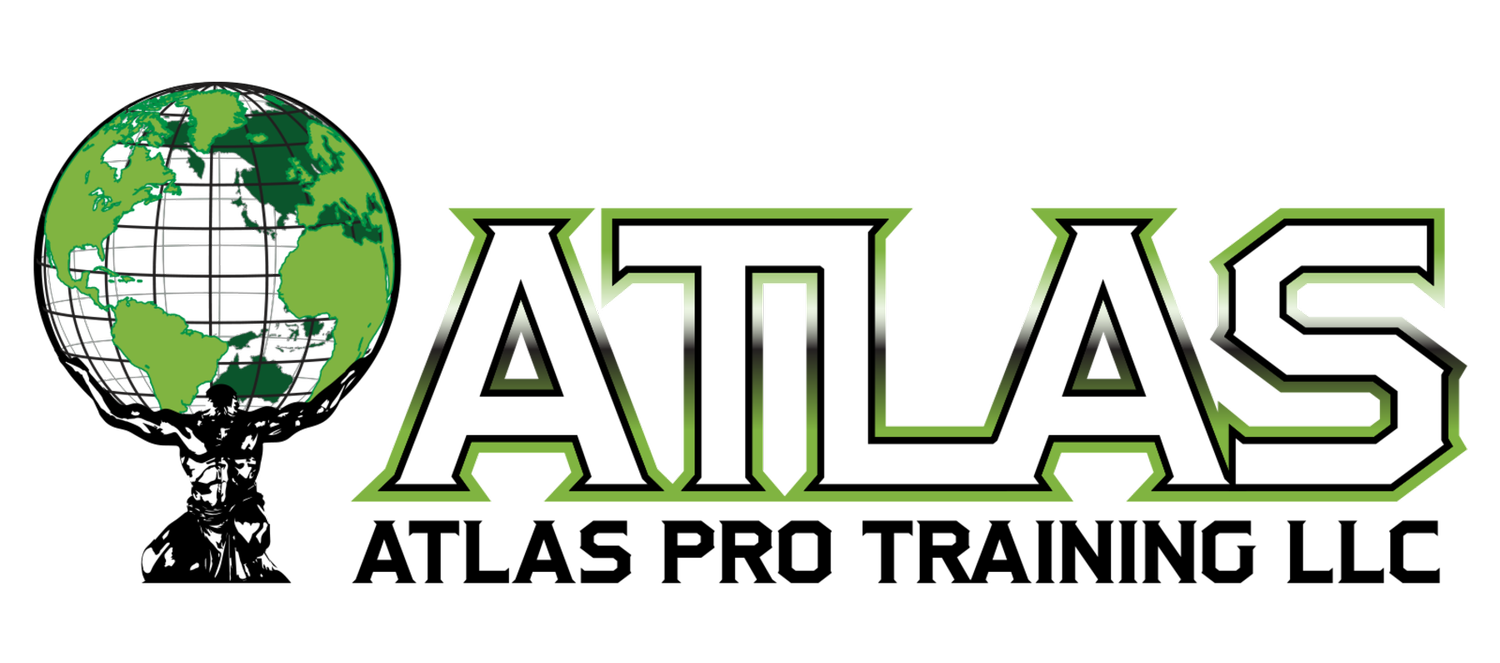Identify Core Muscular Weaknesses and Strength Imbalances to Tailor Training Programs for Athletic Excellence
In the realm of youth athletic development, the pursuit of excellence extends beyond honing skills and perfecting techniques—it hinges on understanding the significance of identifying core muscular weaknesses and strength imbalances. This blog post embarks on a journey to explore the pivotal role that recognizing these physical limitations plays in enhancing athletic performance among young athletes. We'll delve into methods for pinpointing these issues, delve into customized training approaches aimed at addressing individual core weaknesses and strength imbalances, and illustrate the remarkable transformations young athletes can achieve through targeted training.
Exploring the Significance of Identifying Weaknesses and Imbalances
The Over head Dowel Squat- this is the foundation of the movement assessment that helps us see strength imbalances and core weaknesses our youth athletes.
Understanding an athlete's physical limitations is akin to deciphering the puzzle of their athletic potential.
Here's why it matters:
Injury Prevention: Identifying weaknesses can prevent overuse injuries and strains. For example, a soccer player with weak core muscles is more prone to lower back pain.
Performance Optimization: Addressing imbalances can lead to significant performance gains. Balanced anterior and posterior strength, for instance, is essential for powerful, injury-resistant movements in sports like football and volleyball.
Longevity in Sport: Recognizing and rectifying weaknesses can extend an athlete's career by mitigating the risk of early burnout or injury-related setbacks.
Methods for Pinpointing Specific Weaknesses and Imbalances
Functional Testing: Functional movement assessments, as discussed in the previous post, can reveal core weaknesses and imbalances.
Strength Testing: Specific strength tests for core muscles, anterior (front) and posterior (back) muscle groups help identify imbalances. For instance, athletes can undergo tests like plank holds and deadlifts.
Observation: Coaches and trainers often observe athletes during training and competitions, noting any signs of instability or limitations in movement patterns.
Customized Training Approaches
Once weaknesses and imbalances are identified, it's imperative to create tailored training programs that address these specific needs:
Targeted Exercises: Designing workouts that focus on strengthening weak core muscles and balancing anterior and posterior strength. For example, exercises like Russian twists for core and reverse hypers for posterior chain development.
Progressive Loading: Gradually increasing the intensity and complexity of exercises to ensure consistent improvement without overexertion.
Individualized Plans: Recognizing that each athlete is unique, trainers craft programs that cater to an individual's strengths, weaknesses, and goals.
Illustrating Transformations Through Targeted Training
Athlete B: The Swimmer with Shoulder Imbalances
Athlete B, a 16-year-old swimmer, struggled with shoulder pain and inconsistent performance. Assessment revealed significant anterior shoulder strength imbalances. A tailored program focused on strengthening their posterior shoulder muscles and improving overall shoulder stability. Within a few months, Athlete B's pain subsided, and her swim times consistently improved.
Athlete C : The Soccer Player with Core Weakness
Athlete B, a 13-year-old soccer player who plays Midfield, frequently experienced lower back pain during matches. Through functional testing, it was discovered that they had weak core muscles. Their training program was customized to include core-strengthening exercises. Not only did Athlete B's pain vanish, but their on-field agility and shot power also saw remarkable improvements.
Recognizing core muscular weaknesses and strength imbalances is the compass guiding young athletes towards excellence. Through targeted training programs, these issues can be addressed, resulting in remarkable transformations in athletic performance and the safeguarding of young athletes' health and longevity in their chosen sports.

